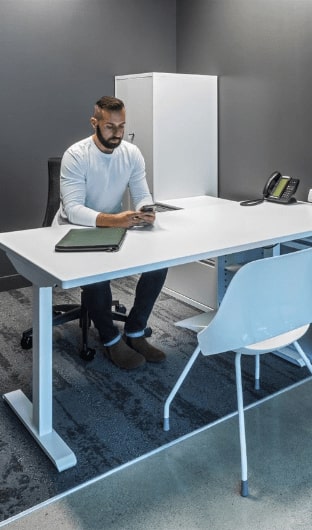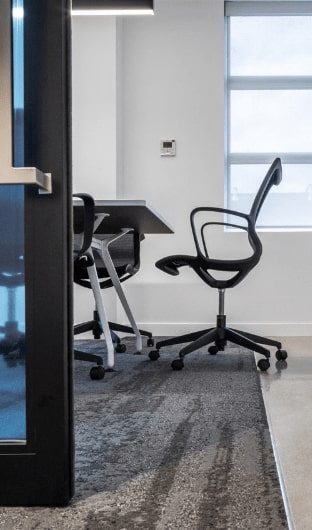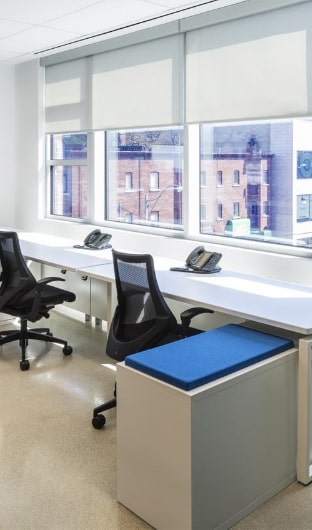
Dos And Don’ts Of Classroom Design
Designing a classroom is more than just arranging tables and chairs. It’s about creating an environment that enhances learning, promotes engagement, and caters to the diverse needs of students. Here are some essential dos and don’ts to consider when designing an effective classroom.
Do: Prioritize Flexibility
In today’s educational landscape, flexibility is key. A classroom should be adaptable to various teaching methods and learning styles. Incorporate modular furniture that can be easily rearranged to accommodate group work, individual study, or presentations. This flexibility allows teachers to tailor the classroom setup to the task at hand, fostering a more dynamic learning environment.
Don’t: Overcrowd The Space
While it’s essential to provide enough seating for all students, overcrowding the classroom can hinder movement and increase distractions. Leave ample space between desks and other furniture to ensure students and teachers can move freely. A clutter-free environment contributes to a more focused and productive atmosphere.
Do: Incorporate Technology Thoughtfully
Technology plays a crucial role in modern education. Integrate smartboards, projectors, and other digital tools to enhance teaching and learning. However, it’s important to ensure that these technologies are user-friendly and accessible for both teachers and students. Regular updates and maintenance are also necessary to keep these tools functioning efficiently.
Don’t: Let Technology Overwhelm
While technology is beneficial, it should not overshadow the fundamental elements of learning. Excessive reliance on digital screens can lead to disengagement and eye strain. Balance tech-based tools with traditional teaching methods, such as books and hands-on activities, to maintain student interest and participation.
Do: Emphasize Ergonomics
Comfort is a vital factor in maintaining student attention and engagement. Select furniture that supports proper posture, adjusting for different ages and sizes. Ergonomic chairs and desks can help reduce fatigue and increase concentration, contributing to a healthier and more effective learning experience.
Don’t: Neglect Natural Light And Ventilation
A well-ventilated classroom with ample natural light can significantly enhance the learning environment. Insufficient lighting and poor air quality can lead to drowsiness and decreased productivity. Incorporate large windows where possible and ensure proper ventilation systems are in place to create a refreshing and energizing space.
Do: Create Stimulating Visuals
Use colours and visuals strategically to inspire and motivate students. Bright, vibrant colours can stimulate creativity and enthusiasm, while softer hues can create a calming atmosphere. Display educational posters, student artwork, and inspirational quotes to make the classroom inviting and engaging.
Don’t: Overdo Decorations
While visuals are important, too many decorations can become overwhelming and distracting. Be selective with what you display, ensuring that each item serves a purpose in enhancing the learning experience. Keep the decor balanced to maintain a focus-friendly environment.
Do: Foster Inclusivity
Design the classroom to be accessible and welcoming to all students, including those with disabilities. Ensure that doorways, aisles, and seating arrangements accommodate wheelchairs and other assistive devices. Consider colour coding, tactile elements, and audio aids to support diverse learning needs.
Don’t: Overlook Acoustics
Sound quality is often an underestimated aspect of classroom design. Poor acoustics can impair communication and understanding. Use sound-absorbing materials, such as carpets and acoustic panels to reduce noise levels and enhance clarity. This will help ensure that all students can hear and participate effectively.
Do: Encourage Collaboration
Design spaces that promote interaction and teamwork. Include group tables, learning stations, and areas for collaborative projects. These setups encourage students to share ideas, work together, and learn from one another, fostering a sense of community and cooperation.
Don’t: Discourage Individual Learning
While collaboration is important, individual learning should not be overlooked. Provide quiet areas where students can focus on independent tasks without distractions. This balance between group and solitary work supports diverse learning preferences and needs.
Designing an effective classroom requires a thoughtful balance of aesthetics, functionality, and inclusivity. By prioritizing flexibility, ergonomics, and a stimulating environment while avoiding overcrowding and excessive technology reliance, educators can create a space that supports and enhances the learning experience for all students. Remember, a well-designed classroom is not just about physical space—it’s about fostering an environment where students can thrive intellectually and emotionally.
Looking to modernize your classroom for a better learning experience? Connect with Harkel Office – a leading education furniture dealer in Ontario today.





